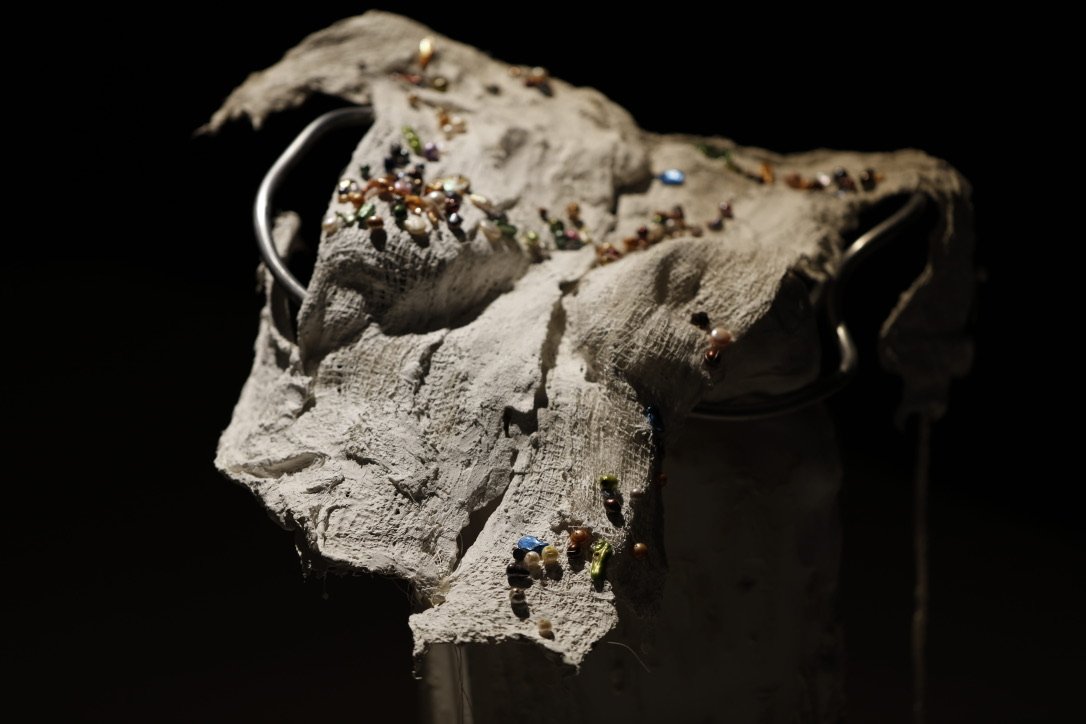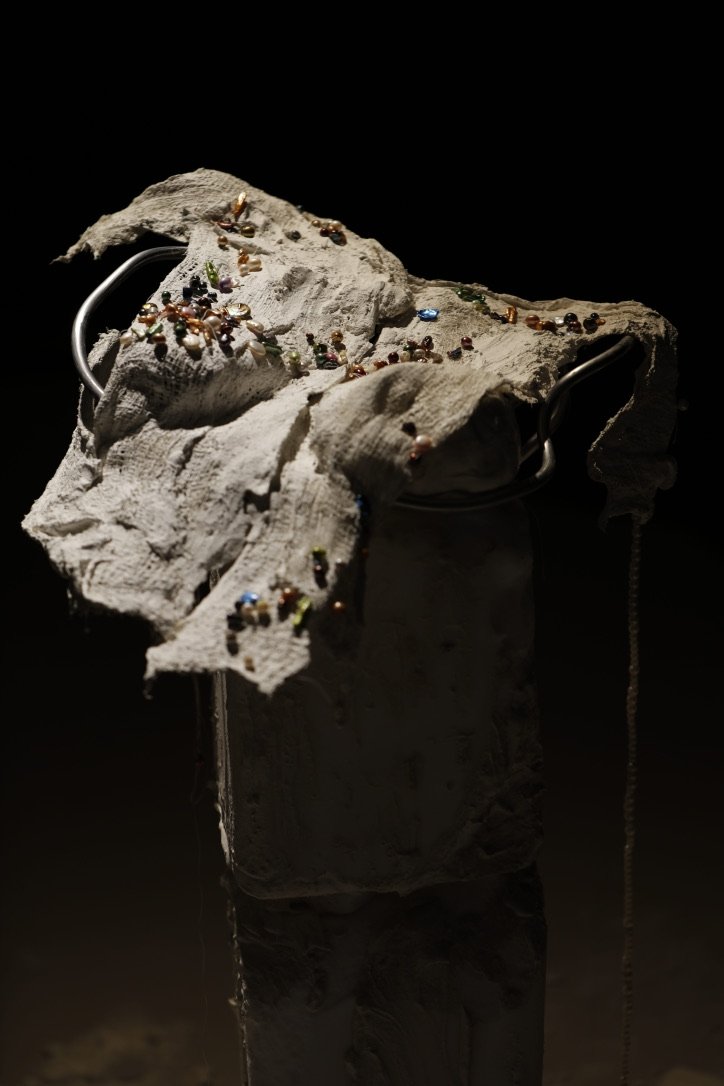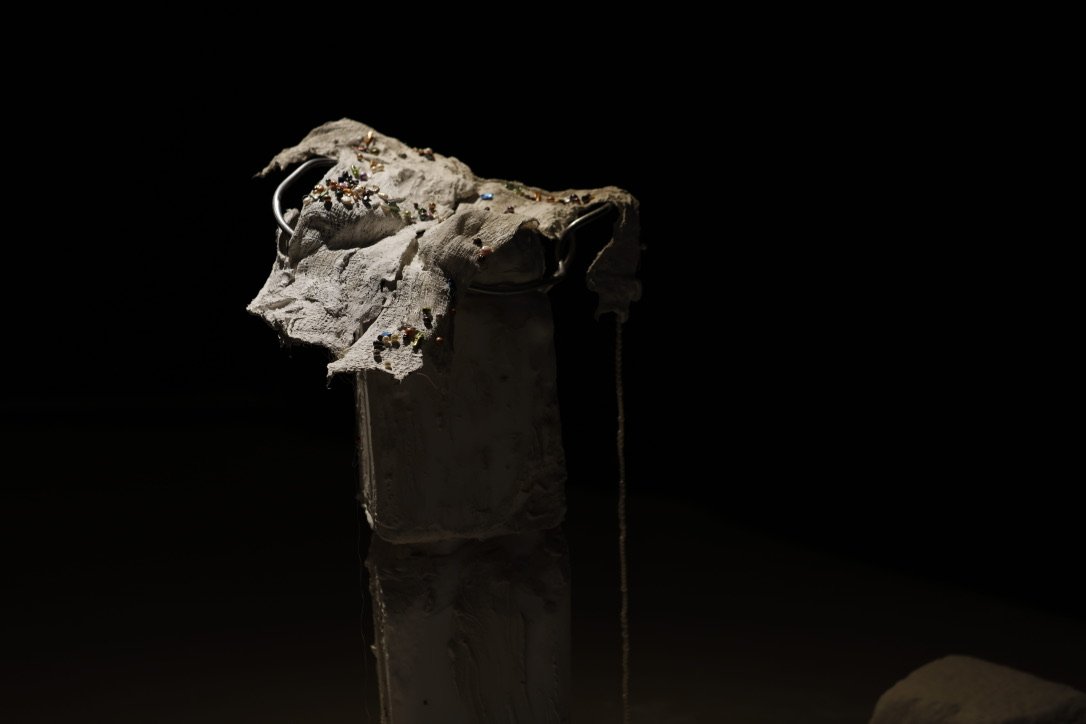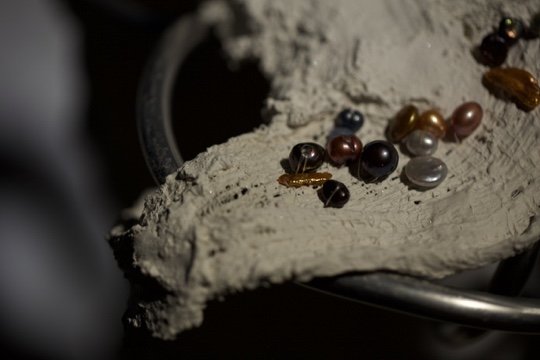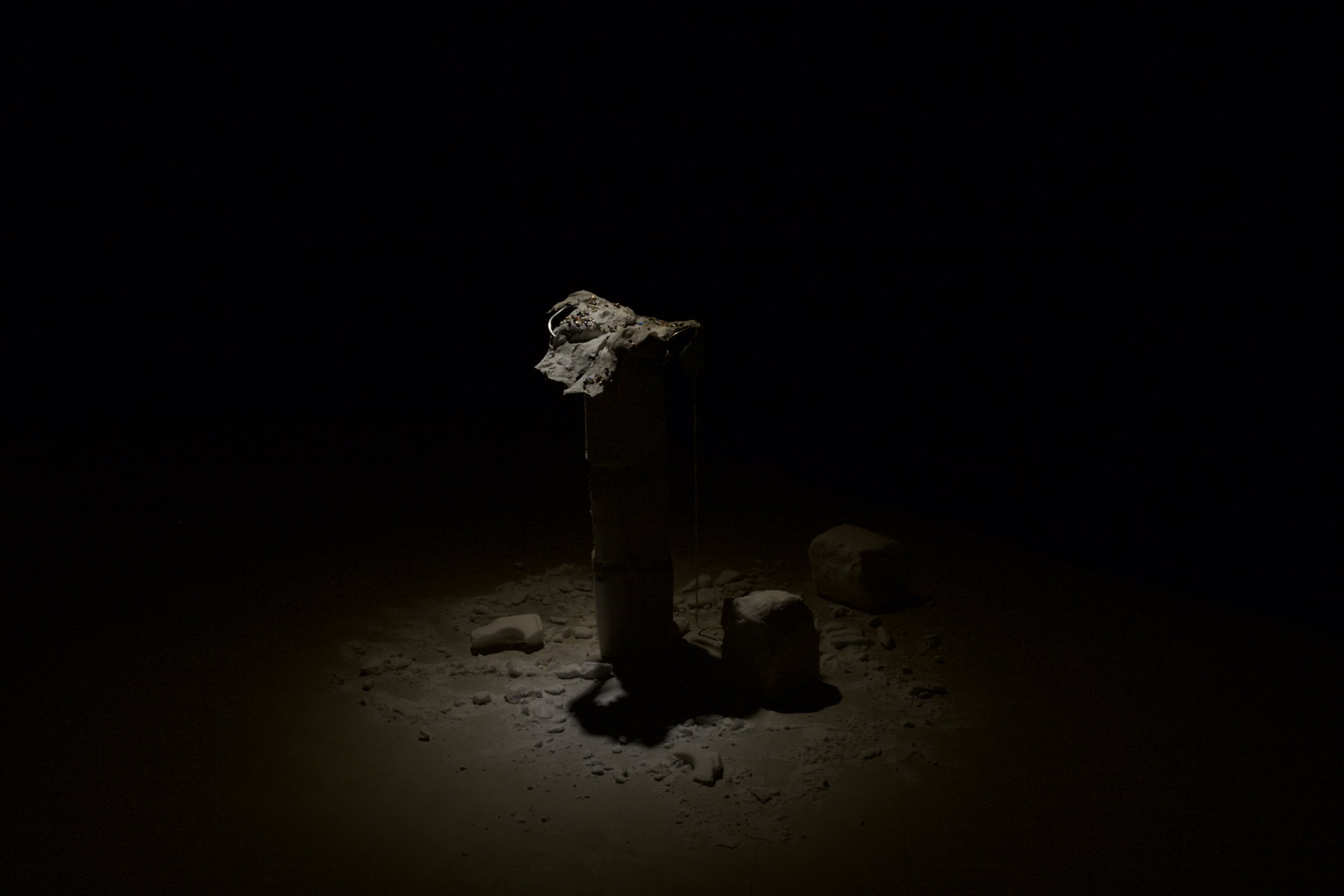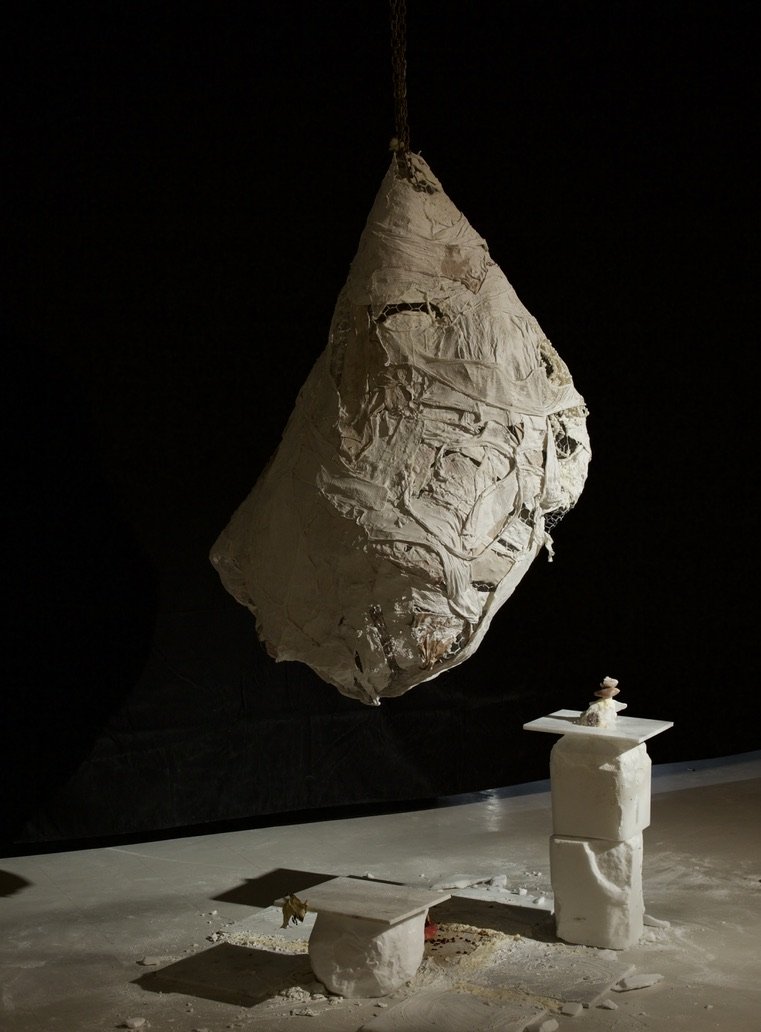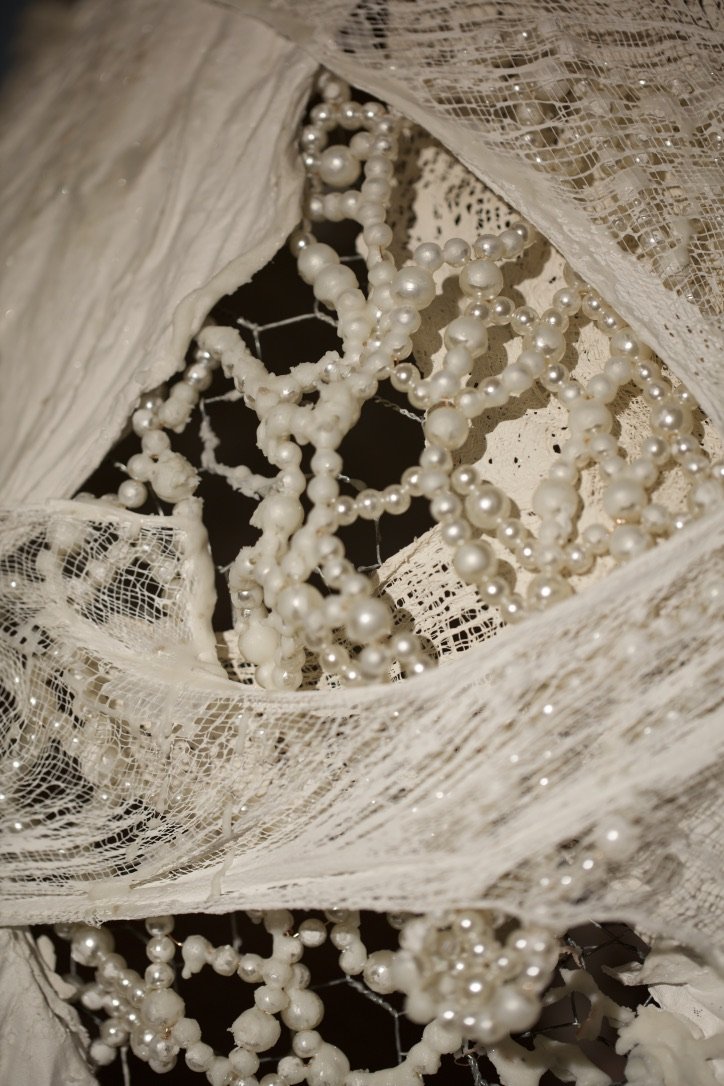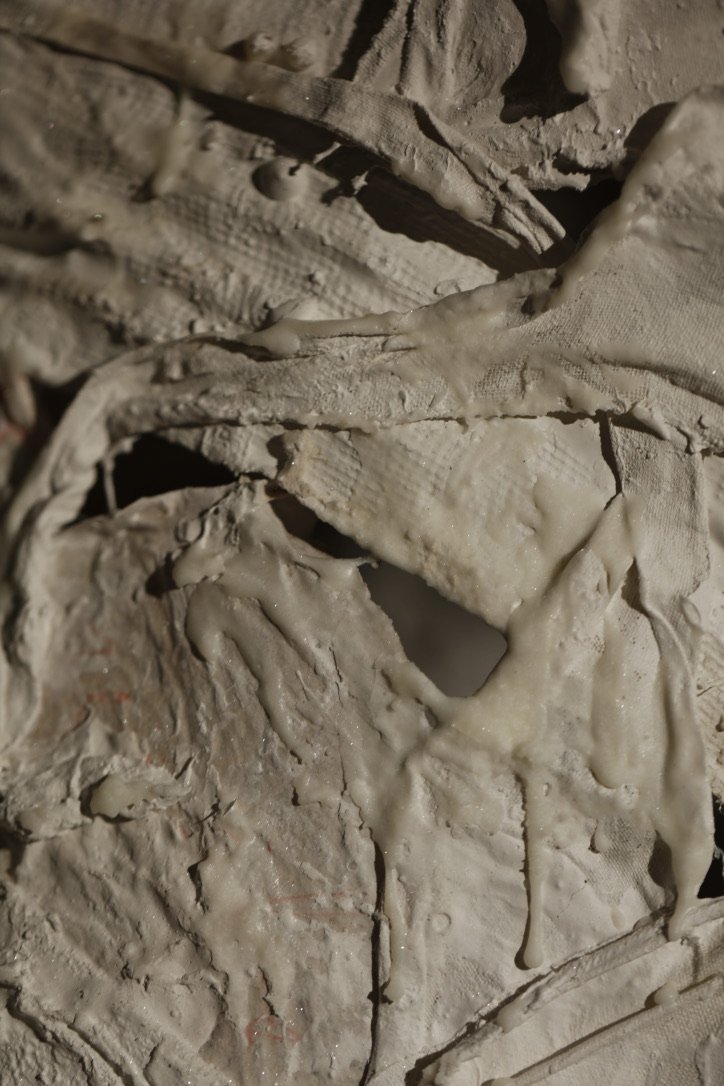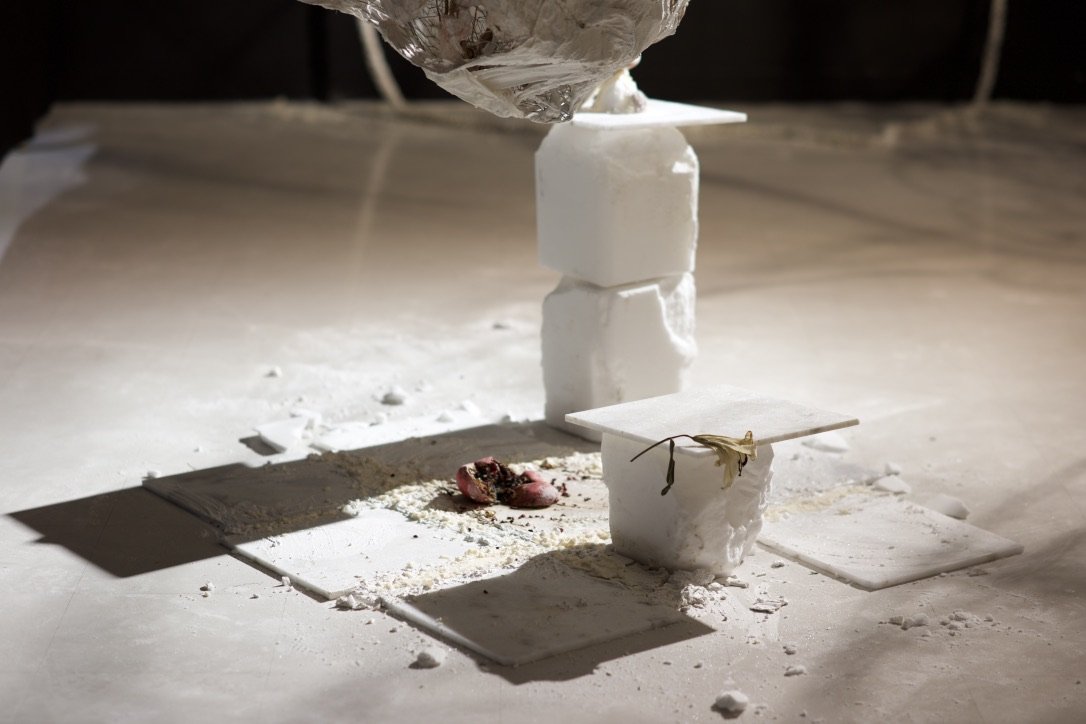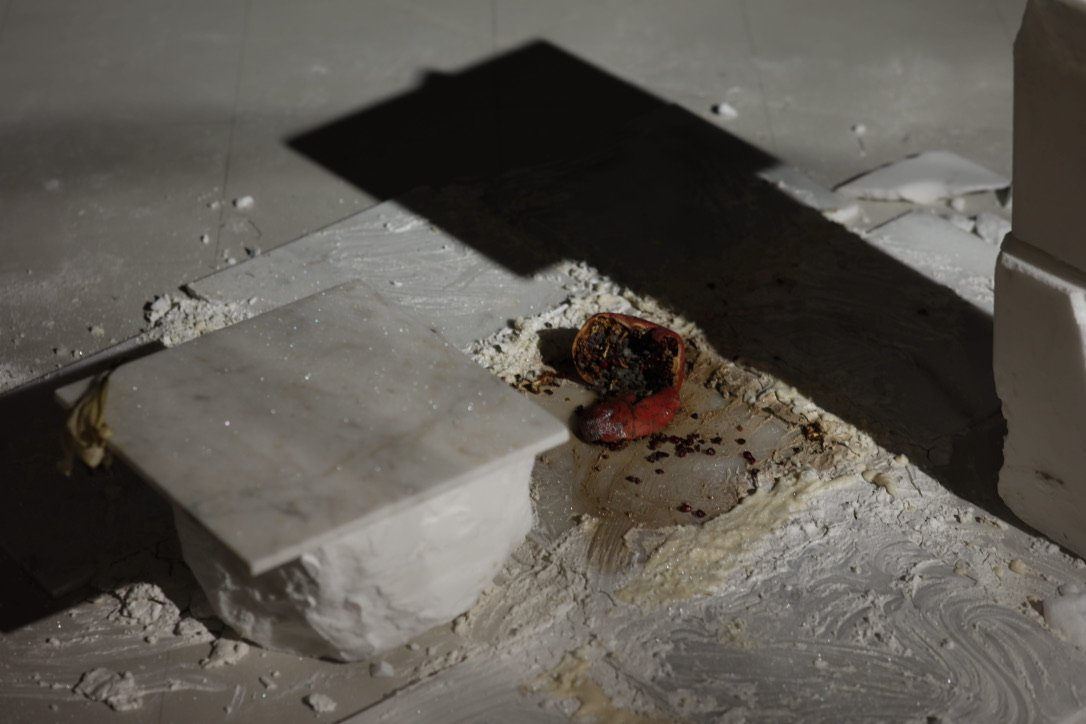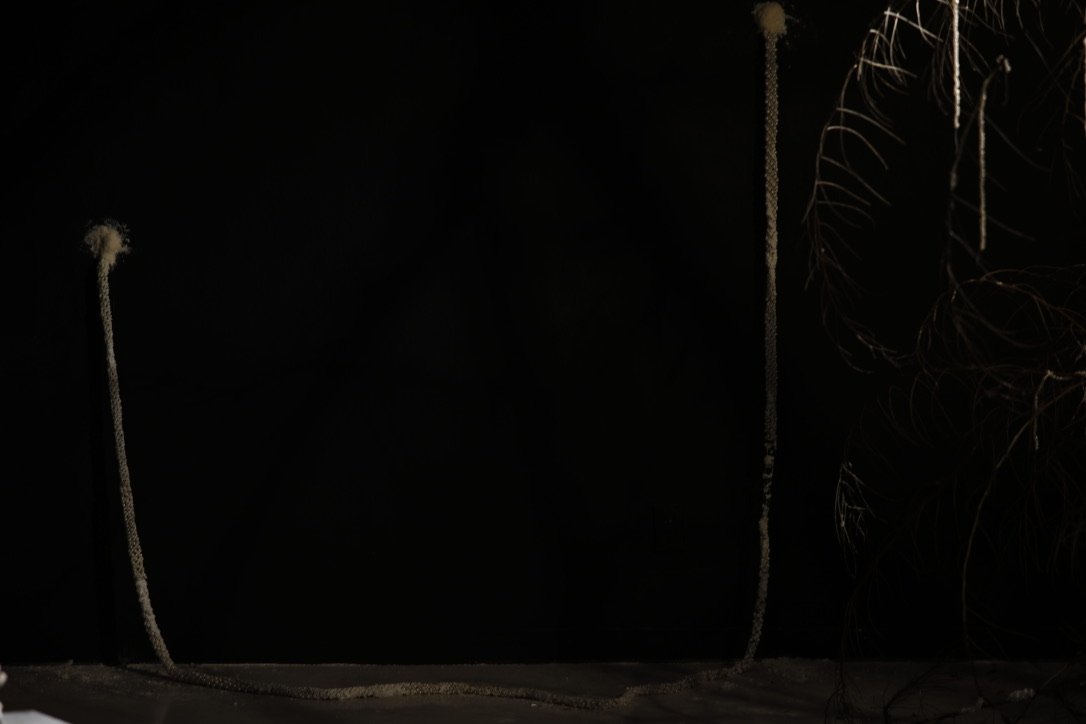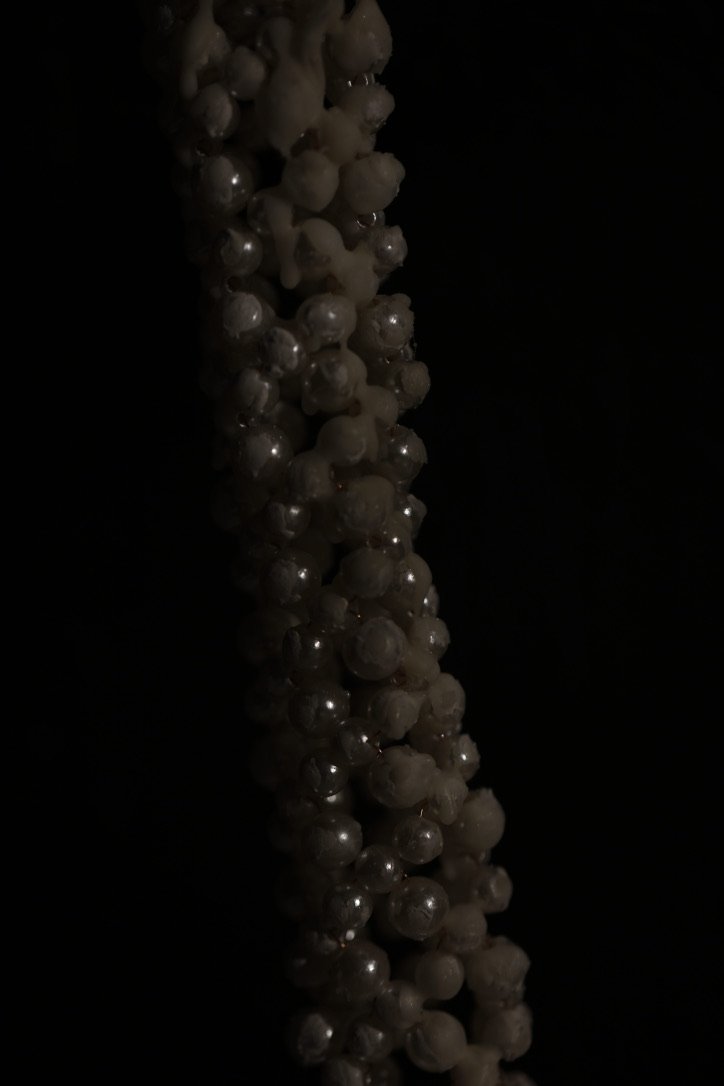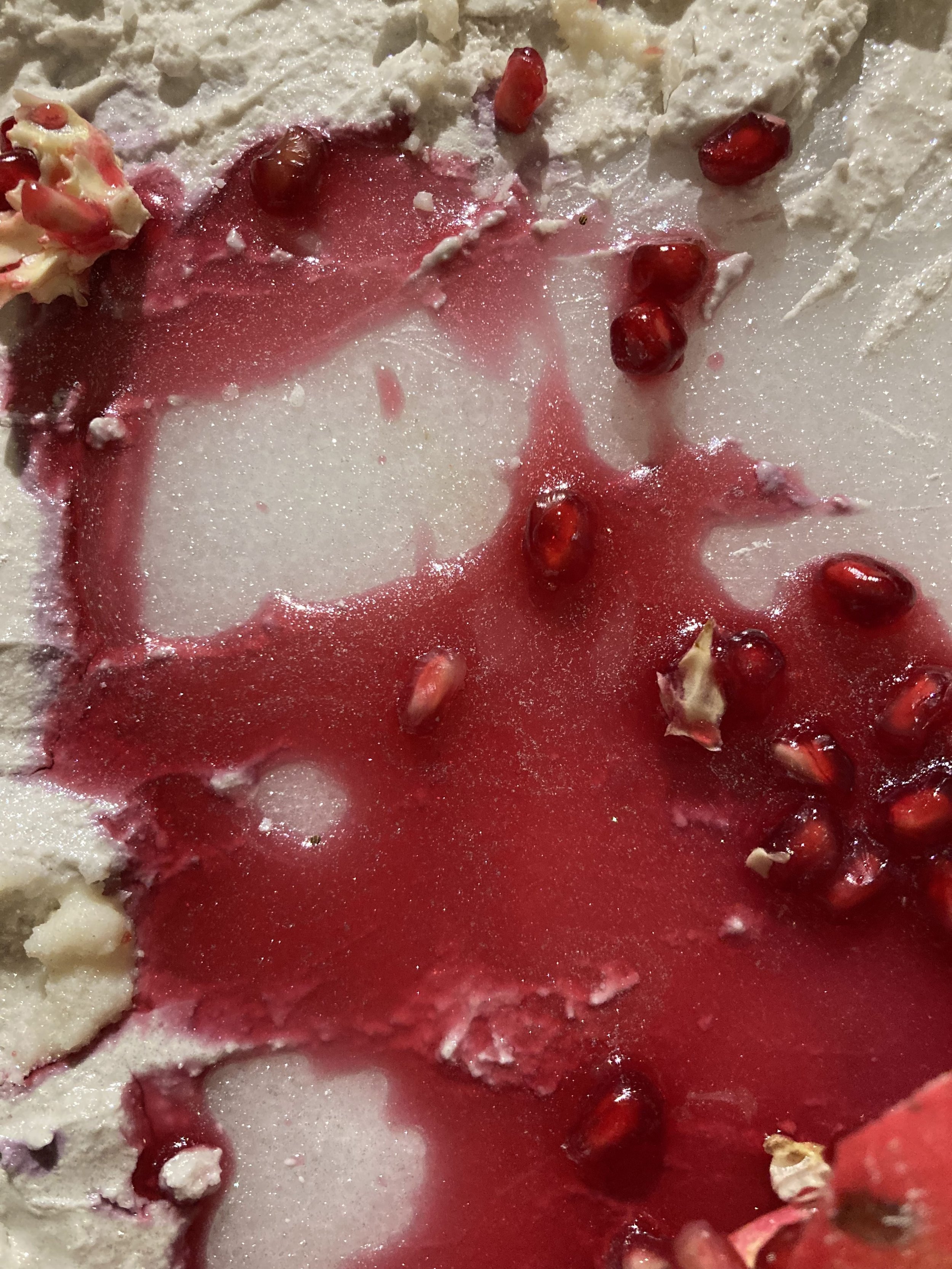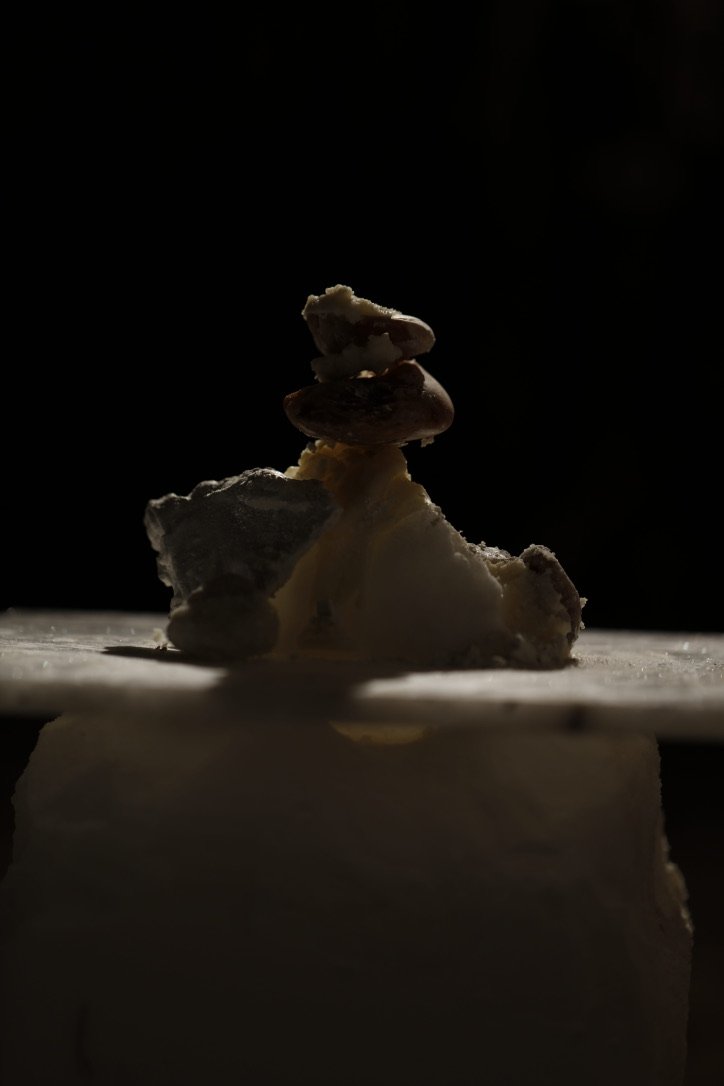
Hysteria—derived from hystera, Greek for womb—is insomnia, schizophrenia, postpartum depression, endometriosis, dissociative disorder. It is queerness, disobedience, witchcraft; exquisite pleasure and excruciating pain, fertility and infertility. It is conscious and unconscious, innate and preternatural. You are at risk if your desire is too strong or nonexistent. It has everything and nothing to do with your ability to bear children. It can happen when you bleed too much, or stop menstruating altogether. It means that your body is broken, and your mind too, but that’s okay because they never belonged to you.
From ancient Egypt to medieval Europe, women throughout history were diagnosed with hysteria when they exhibited a range of symptoms, from loss of appetite to hallucinations. Prescribed cures include lobotomies and marriage.
At present, attempts to pathologize and tame the body come in the form of attacks on abortion, queer motherhood, and surrogacy; state-sanctioned violence towards trans people; and the medicalization of childbirth. Continually, the body is scripted by patriarchal structures of dominance and control. Feminist philosophers such as Hélène Cixous, Julia Kristeva, and Luce Irigaray call for the creation of a new script—l’écriture féminine, or writing (through) the body. hysteria seeks to write the body through rupture, scarring, disorder, decay, dysmorphia, and metamorphosis.
